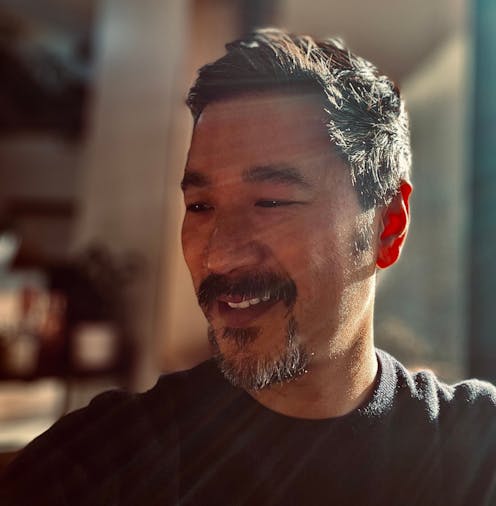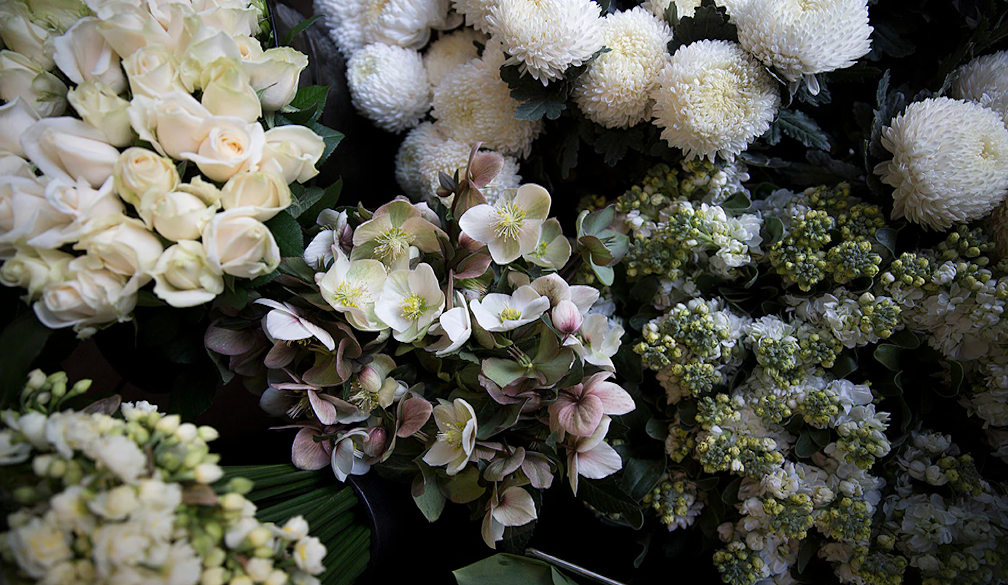How do you write a ‘Vietnamese’ poem? Nam Le’s defiantly cerebral verses shuffle the deck of identity, belonging and being
- Written by Michelle Hamadache, Lecturer, Literature and Creative Writing, Macquarie University

Flying in the face of much contemporary poetry, Nam Le’s first collection 36 Ways of Writing a Vietnamese Poem is defiantly cerebral, relishing the polysyllabic, the latinate and the esoteric. This is not to say that there aren’t notes of utter beauty and great feeling, just that Le is not afraid of being difficult. The difficulty is part of the collection’s aesthetic.
In an interview, Le said that he dreamed his work could sustain a “cold read” as easily as an “academic assault”. These are severe yardsticks for a poet to write by, so it is little wonder that his poems are exacting, sometimes peremptory in tone.
Review: 36 Ways to Write a Vietnamese Poem – Nam Le (Simon & Schuster)
Underlying even the most comic or lyrical of moments in the book is a seriousness and a woundedness that tips into anger and sorrow. Because the poetry is meticulous and skilled – the work of a poet who has lived with poetry for the longest time – the anger, the woundedness and the sorrow are directed and purposeful, not confessional, not easily sincere or authentic.
With poem titles including [16. Violence: Autologous], [18. Inter-Analectional] and [30. Asymptotic], there is no quick or easy reading. The square brackets suggest domains outside of poetry – linguistics, coding, mathematics – but brackets also embed a phrase or idea more deeply within a sentence or an already parenthetical idea.
The effect is of a mise en abyme – an infinite regression – that resists the impulse to classify and order. The bracketed and numbered titles make the process of referencing a poem from the collection, whether in a review or elsewhere, more laborious and exacting. This is a kind of play – serious play, but play nonetheless.
That each title is adjectival is a reminder that each poem refers outwards. It is not an end, but a “way” to a larger poem – perhaps but not necessarily the elusive, impossible Vietnamese poem of the title.
Imagination, emotion, intellect
Nam Le has won prestigious and lucrative prizes. He studied at Harvard, where he was fiction editor of the Harvard Review, and has published a book on David Malouf as part of Black Inc.’s “writers on writers” series.
But he is best known as the author of The Boat, a collection of short stories that includes the award-winning eponymous story about Mai, a young girl who is smuggled out of Vietnam.



















